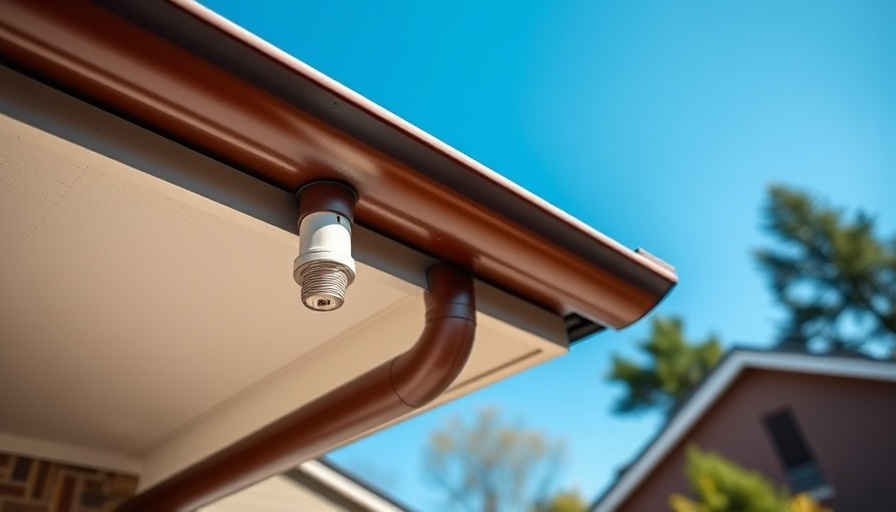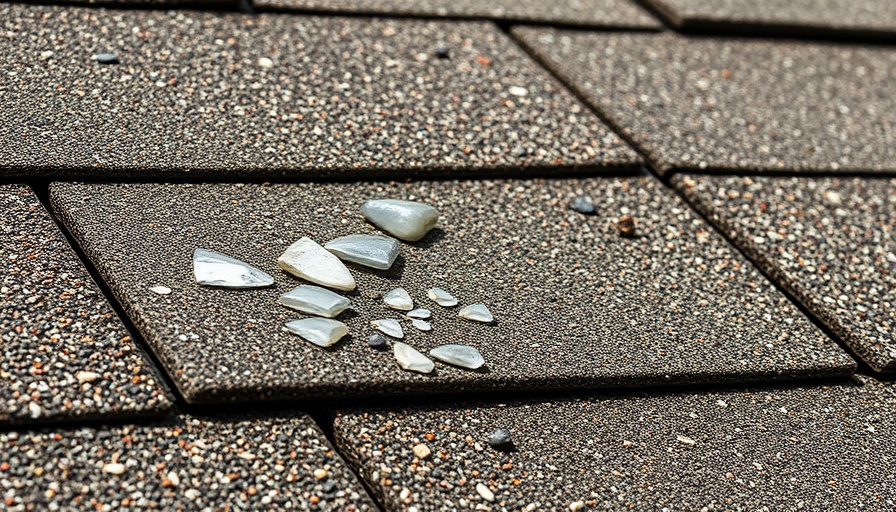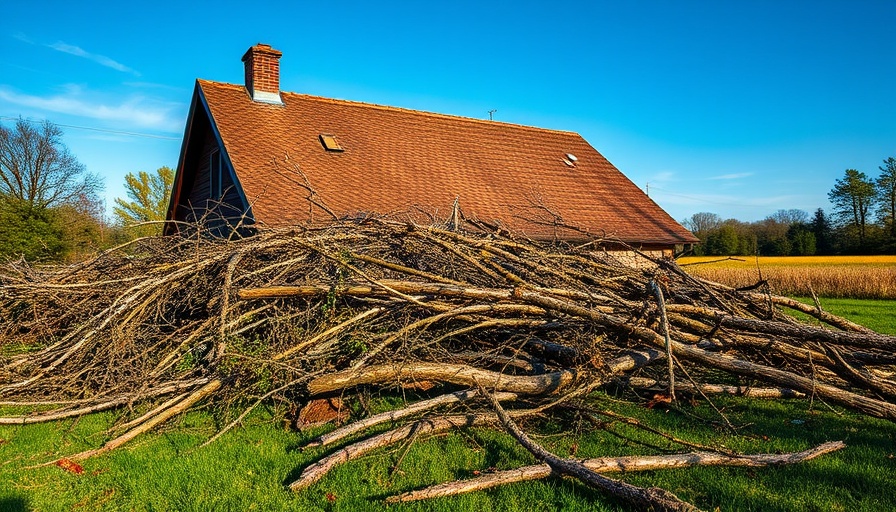
Understanding the Hidden Risks of Gutter Systems
Basements are invaluable spaces within our homes, yet water ingress can pose serious threats to their integrity. While many homeowners are diligent about checking for common sources of water damage, such as cracks in foundations or plumbing issues, an often-overlooked culprit lies in the gutter systems installed on their roofs. In this article, we’ll explore how improperly functioning gutter systems and guards can lead to wet basements through five key areas of concern, helping homeowners understand the risks better.
Ineffective Gutter Guards: An Invitation to Clogs
Gutter guards are designed to prevent debris from clogging gutters but can sometimes exacerbate issues instead of resolving them. If the guards do not work effectively, clogs can form beneath the guards, leading rainwater to overflow and eventually seep into basement areas. Homeowners should regularly inspect their gutter guards, especially after storms, to ensure they’re free from blockages.
Leaking Gutter Covers: A Common, Yet Overlooked Problem
Leaking gutter systems often arise when caulking around joints or end caps deteriorates due to prolonged exposure to sunlight and changing weather patterns. When leakage occurs, the gutter fails to channel water away correctly, creating standing water that can lead to basement dampness over time. As such, homeowners must ensure that any leaking gutter systems are promptly repaired to avoid major water damage.
Challenges of Sagging Gutters: Water Overflow Risks
Over time, gutter systems can sag due to improper installation or wear and tear on fasteners. This sagging can disrupt the balance of the system, leading to overflow during periods of heavy rain. If water cannot channel properly through the downspouts, it can flow into unsecured areas around the home, notably the basement. Regular maintenance checks can identify sagging issues early, preventing water-related disasters.
The Importance of Proper Installation: Avoiding DIY Mistakes
While many homeowners take on DIY projects, gutter installation should be approached with caution. Incorrectly installed gutters can lead to various plumbing issues, including water pooling in the gutters instead of draining. Engaging a reputable contractor ensures that gutters are installed at the right slope and secured correctly, minimizing risks of overflow and basement water damage. Always ask contractors for their references and previous installation examples to gauge reliability.
Size Matters: The Right Drainage System for Your Home
Another concern is the size of the installed gutter system. Older homes may have gutters that are too small to handle increased rain volume, particularly during heavy storms. Homeowners in areas prone to intense rainfall should consider upgrading to a wider-gutter system that can accommodate larger volumes without overflowing. Assessing the drainage needs of your home is critical to maintaining basement dryness during extreme weather conditions.
Why This Matters to Homeowners
Understanding the factors that contribute to water ingress in basements can aid homeowners in making educated decisions about their gutter systems. Minor issues, if unaddressed, can lead to substantial water damage, driving up costs for repairs. For those living in regions prone to heavy rains or seasonal storms, taking preventative measures can save money and stress in the long run.
Actionable Insights for Homeowners
As you've seen, maintaining a secure and well-functioning gutter system is vital for preserving your basement from water damage. Regular checks, prompt repairs, and ensuring correct installations can go a long way in preventing issues. If you're considering other home improvements, remember that effective gutter management can complement renovations such as window replacements or bathroom remodels, ensuring a comprehensive approach to protecting your home.
For further information, homeowners in Charlotte seeking window replacement solutions or contractors for remodeling projects can explore local services. Keeping your home’s infrastructure robust is essential in retaining its value and livability.
 Add Row
Add Row  Add
Add 




Write A Comment